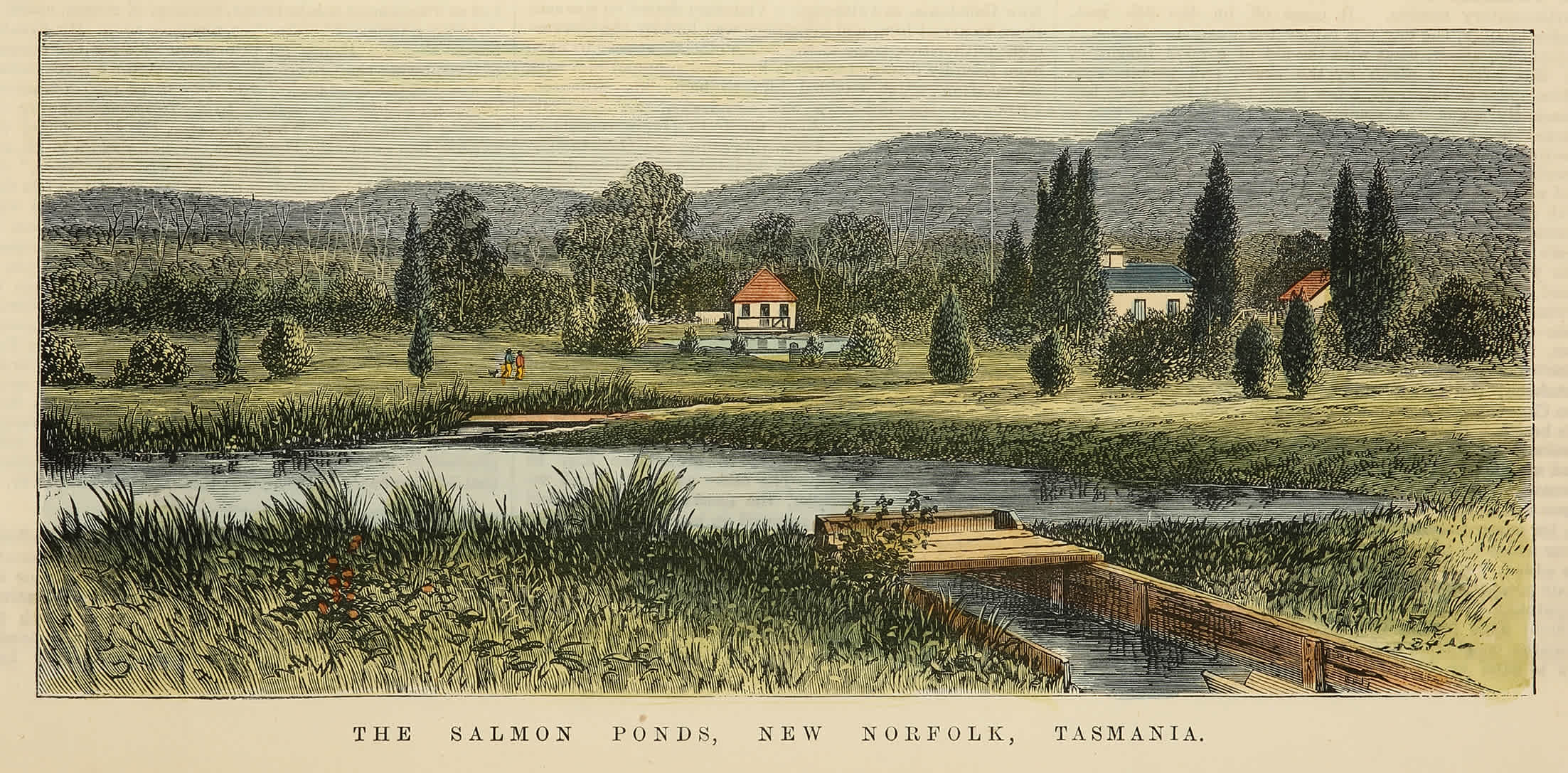In the not-quite dark, I stand still, allowing my eyes to adjust to the lack of light. I am spying on some of the night shift in The Patch, in this case a young Bennett’s wallaby (Macropus rufogriseus). As she grazes she bends low, radar ears flicking, muzzle moving rapidly back and forth across a patch of grass. She reminds me of a hairdresser moving clippers across a head. One sweep mows the grass flat, the return sweep combs upright any stalks that were missed. The wallaby snatches these between her lower jaw’s horizontal teeth and her upper jaw’s vertical teeth, and munches on the grass vigorously.
While I’m admiring her meticulous work, the wallaby is suddenly startled. Taking a quick leap forward, she thumps her long feet twice in warning, then disappears into the furze. There’s no other sound, not even a tssk-tssk, à la Skippy. Sounds are the most obvious way of finding out what’s happening in the dark, unless there’s a good moon, or I’m carrying a strong torch.
Certainly the night is far from silent. The basso boom of an amorous brush bronzewing (Phaps elegans) can continue deep into the dark. When you add the deep ooom-ooom of the tawny frogmouth and the low mo-poke of the southern boobook, you’d think the choir’s bass section preferred to practise under cover of darkness.
But in the wee hours we’ll sometimes hear that wannabe soprano, the masked lapwing (Vanellus miles), screeching her akk-akk-akk into the gloaming. Compare that “song” with the coloratura soprano of the grey butcherbird (Cracticus torquatus), or the melodic trill of the grey shrike-thrush (Colluricincla harmonica), and you’ll understand why the lapwing failed its audition!
On the cusp of night, micro bats emerge from their tree hollows in The Patch, where up to 50 individuals may have been roosting together in one hollow. The most common species here, the little forest bat (Vespadelus vulturnus), weighs four grams or less, and could easily fit inside a matchbox. This makes it one of the smallest of Australia’s mammals, smaller than some of the moths it crunches between its sharp micro teeth.
On warmer nights we see the bats flitting about near the forest edges, feeding on all manner of flying insects. Their flying prowess – they hunt via echo location – rewards the watching for as long as the light holds. Unlike us, they don’t need to knock off at night, as their echo location allows them to locate their prey even in pitch black. They need to keep hunting in order to put on sufficient weight to see them through the colder months. In autumn and winter, as the temperature drops, these bats enter torpor. During their hibernation in a tree hollow, their temperature and heart rate drop dramatically in an effort to save energy.
A night time wander with a torch reveals another prominent member of the night shift. As I sweep the path with my torch, I’m surprised to see its light reflecting little dots of light back at me from the ground. On closer inspection I find a large garden wolf spider (Tasmanicosa godeffroyi) crouching at the entrance to its burrow. Wolf spiders have distinct rows of eyes. Some are direct eyes, best for forward vision, others are indirect eyes, best for peripheral vision. It’s these indirect eyes that have been caught in my torch light. They contain a layer of light reflecting crystals, which helps the spiders to hunt in low light.
Wolf spiders build a burrow that’s up to 30cm deep, vertical at first, then elbowing horizontal at a deeper level. This presumably offer the spiders some protection from water during heavy rain events. As with many spiders, the female is larger than the male. The male has to signal his intention to mate with the female by waving his palps and front legs in the correct come-hither fashion. If he succeeds, they will mate. If he gets it wrong, he becomes her next meal.
If he succeeds, she will deposit up to 100 eggs into a silk mat, which she attaches to her abdomen and carries around like a snug Santa sack. I’ve inadvertently un-housed a mother spider while digging in our vegetable garden, and seen her scuttling off with her bulging brood sac in search of a safer home.
Call it karma if you will, but a few days after making that spider homeless, I’m roused from a deep sleep by that other stalwart of the night shift, the brushtail possum (Trochosurus vulpecula). They seem to delight in coming down from The Patch in the dead of night to rumble, bump, hiss and squeal on the deck outside our bedroom. I’ve learned the hard way that anything vaguely edible on the deck will be seen as fair game by these rowdy and voracious marsupials.
Later, when I’m walking in The Patch, I pass by the kinds of tree hollows that provide these possums with their day-time shelter. I won’t say I haven’t considered taking a saucepan and wooden spoon up there, and banging them together to see how they like their sleep disturbed! So far I have resisted, but only because I wouldn’t want any micro bats to become collateral damage.
Peter Grant lives in the foothills of kunanyi with his wife. He worked with the Tasmania Parks and Wildlife Service for 24 years as manager of interpretation and education. His passion for the natural world led him to write Habitat Garden (ABC Books) and found the Wildcare Tasmania Nature Writing Prize. More of his writing can be seen at naturescribe.com.
Click here to read more from Peter Grant's column, The Patch.








